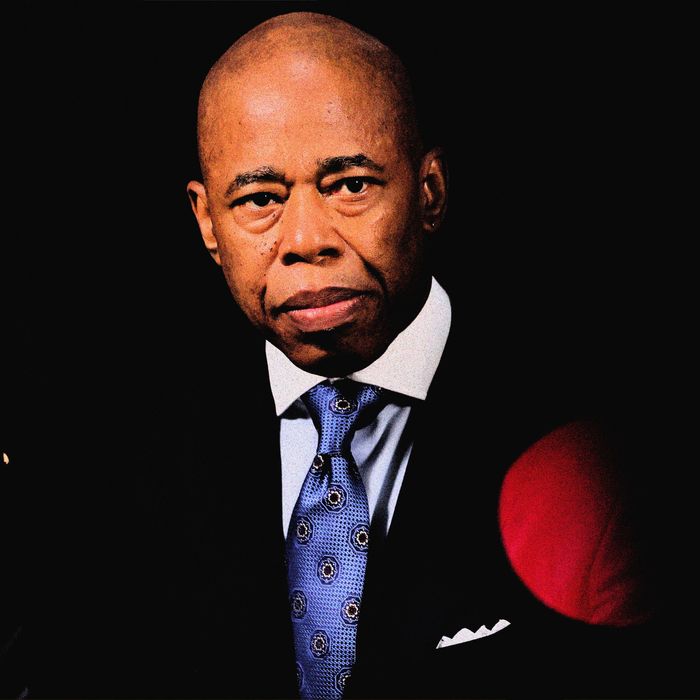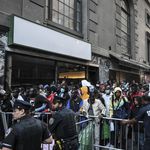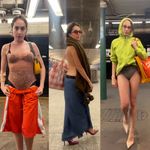
Here’s an item for the to-do list of Lisa Zornberg, the newly appointed counsel to Mayor Adams: Urge your boss to drop all official opposition and swiftly settle Noel v. City of New York, a lawsuit challenging the fundamentally unfair lottery system by which the city allocates subsidized apartments. This week, the city and civil-rights lawyers are supposed to let federal judge Laura Swain know whether they intend to go to trial later this year, making this an ideal moment for the administration to get rid of this turkey of a case.
Right now, the vast majority of New Yorkers applying to land an apartment in subsidized housing — the kind of sweet deal that might result in a brand-new studio for less than $800 a month — have the odds impossibly stacked against them because the housing lottery sets aside half of all available units for people already living near the new units. This “community preference” feature — it would be more accurate to call it an “outsider exclusion” policy — was created during the Koch administration, when 30 percent of new units were set aside for local residents. Mayor Bloomberg boosted the number to 50 percent.
For a simple example of how the lottery currently discriminates, look at the 112 units of new apartments going up at a complex called the Willow at 750 East 134th Street in the Port Morris area of the South Bronx. The city’s Housing Connect website, where people can apply until September 12, lists some juicy deals: 21 one-bedroom units will rent for $969 a month, available to couples making between roughly $36,000 and $56,000 a year. Seven studios will be open to solo applicants with income between $29,280 and $49,450.
A great deal, right? Not if you don’t already live in that particular section of the South Bronx. If the competition is like other housing lotteries, 85 percent of the applicants seeking spots in the Willow will be from outside the immediate area. Some might be longtime Bronxites who happen to live a mile away on the other side of the Community Board line; others might be trying to exit a homeless shelter or seeking housing near their job, their CUNY campus, or their spouse’s retired parents. The fabric of a New Yorker’s life contains a million unknowable strands, but the income requirement ensures there won’t be gentrification or wholesale economic displacement, and that should be good enough.
But New York’s lottery, by setting aside half of the units for people already living on the right side of the Community Board line, all but ensures that the vast majority of low-income New Yorkers seeking shelter — who, by definition, already meet the lottery’s low-income guidelines — get shut out of the Willow and the racial profile of the South Bronx will see minimal change.
The policy was born of political expediency, a way of securing local support for the creation of affordable housing. As city lawyers have argued in court papers, the community-preference policy “makes it more likely that the City will be able to overcome the opposition to new development.”
The deals were cut, and the Koch, Bloomberg, and de Blasio administrations are now gone, but what remains is a policy that measurably contributes to keeping New York’s neighborhoods racially segregated in violation of the federal Fair Housing Act and the city’s own Human Rights Law. The solution is simple: Equalize future lotteries so that all qualified low-income applicants get equal access to available subsidized apartments.
“It really is a moment of truth for the Adams administration,” says Craig Gurian, the civil-rights attorney from the Anti-Discrimination Center who brought the lawsuit. “If the case goes forward, there’s a ton of money and a ton of resources that the city is going to be spending defending the indefensible.”
In a city that routinely deals with hard things like falling cranes, a violence-plagued jail system, and a never-ending stream of homeless migrants, this problem is an easy one to solve and almost entirely under the mayor’s control. A wide range of civic voices, including the editorial boards of the Daily News and the New York Post, say it’s time we cut the exclusion policy from future lotteries. And we should.
“Giving locals half the units frustrates what would be natural racial integration,” opined the Post editorial board. “Across the five boroughs, black applicants are disadvantaged in white areas, whites are disadvantaged in black and Hispanic neighborhoods — and Asians are disadvantaged everywhere.”
Gurian, on behalf of two women of color, sued in 2015 to get the policy changed. The purportedly progressive de Blasio administration fought tooth and nail to keep the exclusion policy in place, delaying the Noel case for years. Adams, despite some campaign-trail promises to adjust the lottery system, has not yet indicated how he intends to resolve the matter.
It’s an article of faith among New York progressive politicians — in an unholy, unspoken alliance with pro-segregation conservatives — that local people should determine what gets built in their neighborhood and who gets to live there. It sounds great at a campaign rally or community meeting — Let the local people decide! — but that mind-set has been a tool of racial exclusion for more than a century.
As far back as 1917, according to a brief filed in the Noel case by the Lawyers Committee for Civil Rights, the U.S. Supreme Court struck down an ordinance in Louisville, Kentucky, that flatly forbade Blacks and whites from purchasing homes on blocks that were mostly inhabited by residents of the opposite race. The Noel case challenges 21st-century New York to move beyond worshiping at the tainted altar of “local control” and make all parts of our city open to everybody.
“We live in a city where it would be shockingly daring for a politician to come out and say our neighborhoods should belong to all of us, regardless of where we come from and regardless of where we want to go,” Gurian told me. “This question has been backward looking, not forward looking into an era where exclusion is not a choice. The status quo is not an option.”




























